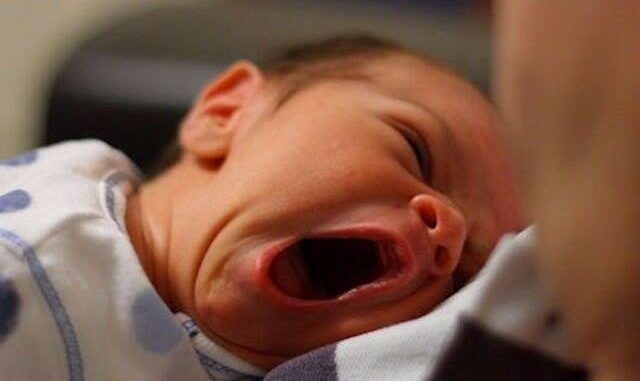
Babies aged 6-7 months can breathe and swallow at the same time mainly due to the difference in the anatomical structure of the respiratory tract and esophagus compared to adults. This is related to the development of these organs and how they coordinate in the child’s body.
The reasons for this are:
The position of the larynx:
In infants and young children, the larynx (the vocal cord cavity where the vocal cords are located) is located higher than in adults. Specifically, the larynx of infants is located closer to the mouth and throat, allowing the tongue to block the trachea during swallowing without obstructing the airway.
This means that when the baby swallows, the esophagus can open to accommodate food while the larynx still holds air into the lungs, allowing the baby to breathe and swallow without choking.
Development of the swallowing organ:
In infants and young children, the swallowing and breathing reflexes are very closely coordinated and flexible, allowing them to swallow milk or food without danger. This system is part of the child’s natural defense mechanism.
When a baby swallows, the tongue and other muscles form a “tunnel” separating the respiratory tract and the digestive tract, minimizing the possibility of food or liquid entering the airway.
Adult body:
As an adult, the larynx is lowered and the airway and digestive tract become more structurally separate. Therefore, when an adult swallows, there is a protective mechanism called the epiglottis that closes to prevent food or liquid from entering the trachea.
However, during swallowing, the body cannot simultaneously keep the larynx open for breathing but close it for swallowing, resulting in a choice between swallowing or breathing.
Development over time:
As children grow, the development of organs such as the larynx and oral structures changes, and the ability to breathe and swallow simultaneously gradually decreases. The structure of the respiratory tract and digestive tract becomes more separate, and the body needs to have a more stringent protective mechanism to prevent foreign objects from entering the airway during swallowing. In short, babies can breathe and swallow at the same time thanks to the special structure of the respiratory and digestive systems, which makes it easy for them to eat and drink without the risk of choking. However, as the body develops, this ability gradually disappears to ensure the safety and efficiency of swallowing and breathing.